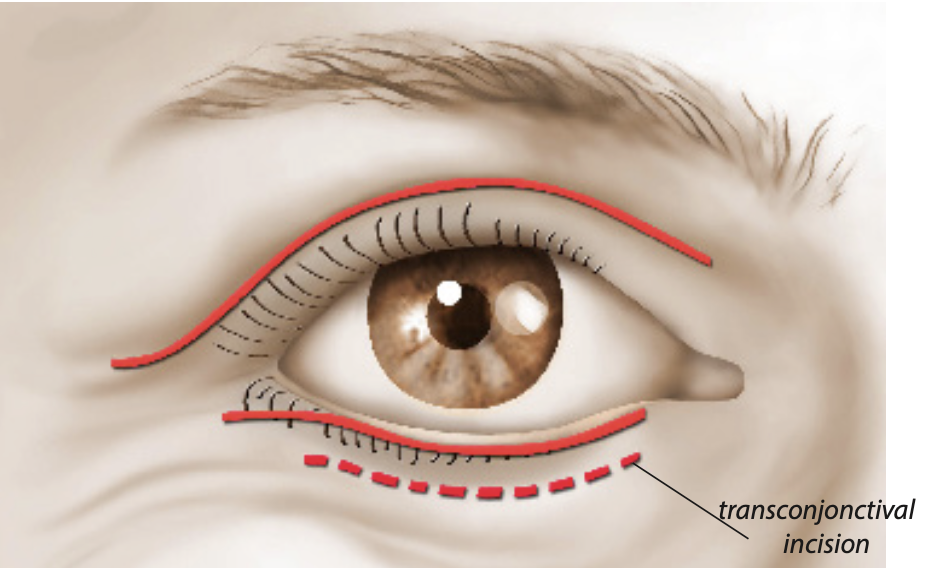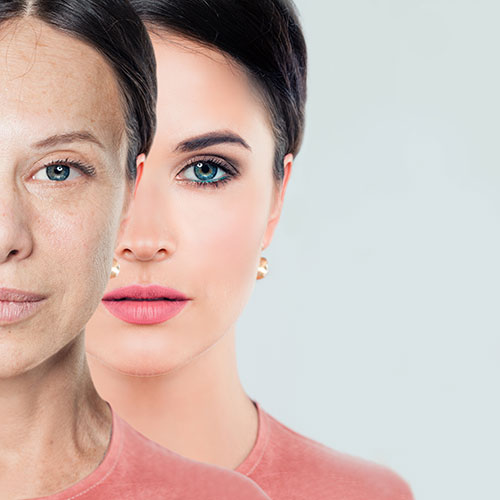
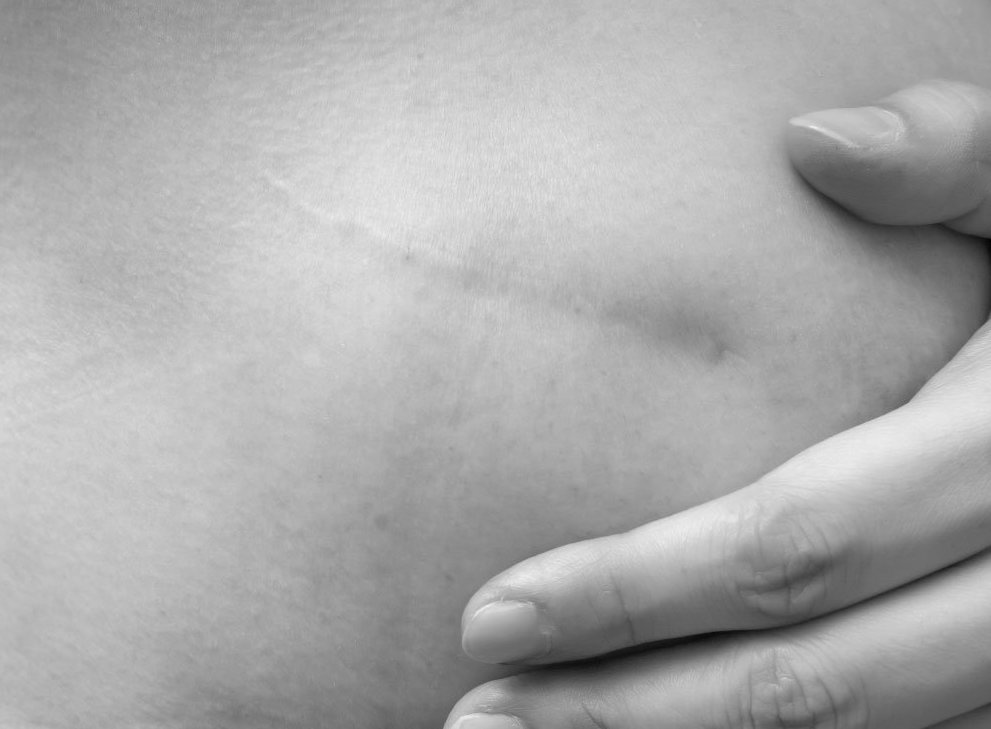
What do we know about scarring?
We are all prone to scars. Scars form naturally as part of the healing process after skin trauma. However, every person and every wound scars differently. Scars can heal poorly if stitched quickly after an accident or emergency surgery, or because of trauma and damage to the tissue. Other reasons for poor scar healing may include leaving wounds untreated or exposing scars to the sun. Alternatively, you may scar excessively due to your genetics or skin type.
Spotlight on treatment of indented or depressed scars with nano fat or dermal filler
This type of scar is often ‘tethered’ to underlying tissues by tough fibres, in a similar way to a button on a mattress. Delicately cutting through these fibres permits the overlying skin to be released. Any remaining hollows can then be smoothed with fat transfer or filler as necessary.
Post-surgery scarring
Mr Olivier Amar is a leading expert in the treatment of scarring and is at the forefront of innovation. We will monitor scar healing very carefully. A protocol may be initiated using steroid injections, silicone dressing and compression dressings to ensure the best possible result. This is particularly important if you have a history of scarring.
6 types of scars
Keloids
Excessive collagen production, which continues even after wound healing, leads to tissue overgrowth above skin level. Keloid scars are initially purple or red and gradually fade over time. They are itchy and painful and may restrict movement when near a joint.
Contracture scars
Contracture scars are generally formed due to an injury that causes significant tissue loss, such as burns or injury to the joints. The skin and underlying tissue pull together for healing, often restricting movement.
Hypertrophic scars
Hypertrophic scars appear on the wound site in raised, thick, discoloured clusters. Generally, they are uncomfortable and red, often widening with time.
Atrophic scars
Atrophic scars develop below the skin surface, producing a sunken appearance. They become more prominent with time due to aging.
Stretch marks
Striae, or stretch marks are formed due to breaks in the connective tissue, caused by rapid shrinking or growing of the skin. It is common with rapid weight loss, adolescence, pregnancy, and bodybuilding.
Acne scars
Scars are formed when a breakout penetrates the skin deeply and damages the tissues beneath it.
Will I have obvious scars following breast lift surgery?
Some scarring is inevitable. The resulting scars are usually in the shape of an anchor with a circle around the areola, a vertical scar down to the fold under the breast, which links to a curved, horizontal scar along the fold under the breast. These scars will fade over time and after one year, should be much less noticeable.
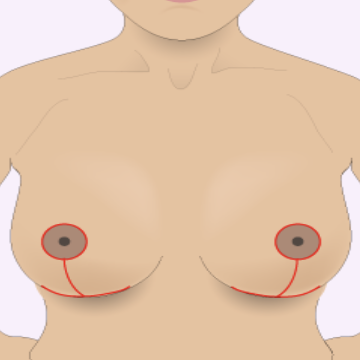
Will I have obvious scars following breast augmentation with implants surgery?
There may be a scar of around 4cm located discreetly in the fold under the breast. These will usually be red at first, then purple, and then fade to become paler over 12 to 18 months. Scarring will be at its most noticeable during the first few months following surgery. They will eventually flatten and fade.
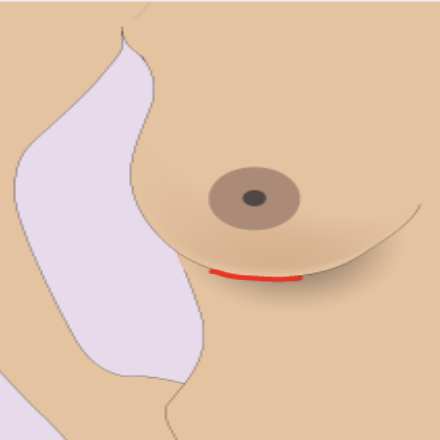
Will I have obvious scars following mini lower face and neck lift surgery?
The incisions are almost completely hidden in the hair, or around the ears. There will be scars from the surgery, but most of these will be hidden in the hairline. The scars will usually be red at first, then purple, and then fade to become paler over 12 months.
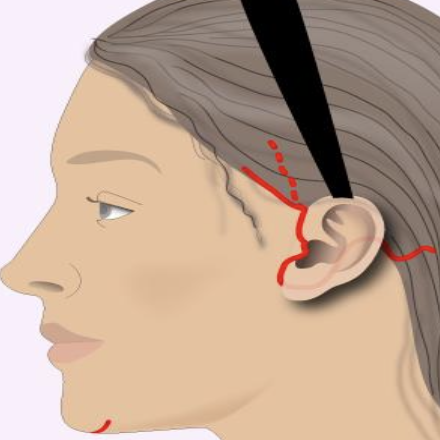
Will I have obvious scars following blepharoplasty surgery?
For the upper eyelids, incisions are concealed in the fold situated at the mid-point of the eyelid. For lower eyelids, in the case of isolated “bags” (without excess skin to be removed), a blepharoplasty can be carried out by the transconjunctival approach, that is by using incisions placed inside the eyelids, thus leaving no visible scar.
